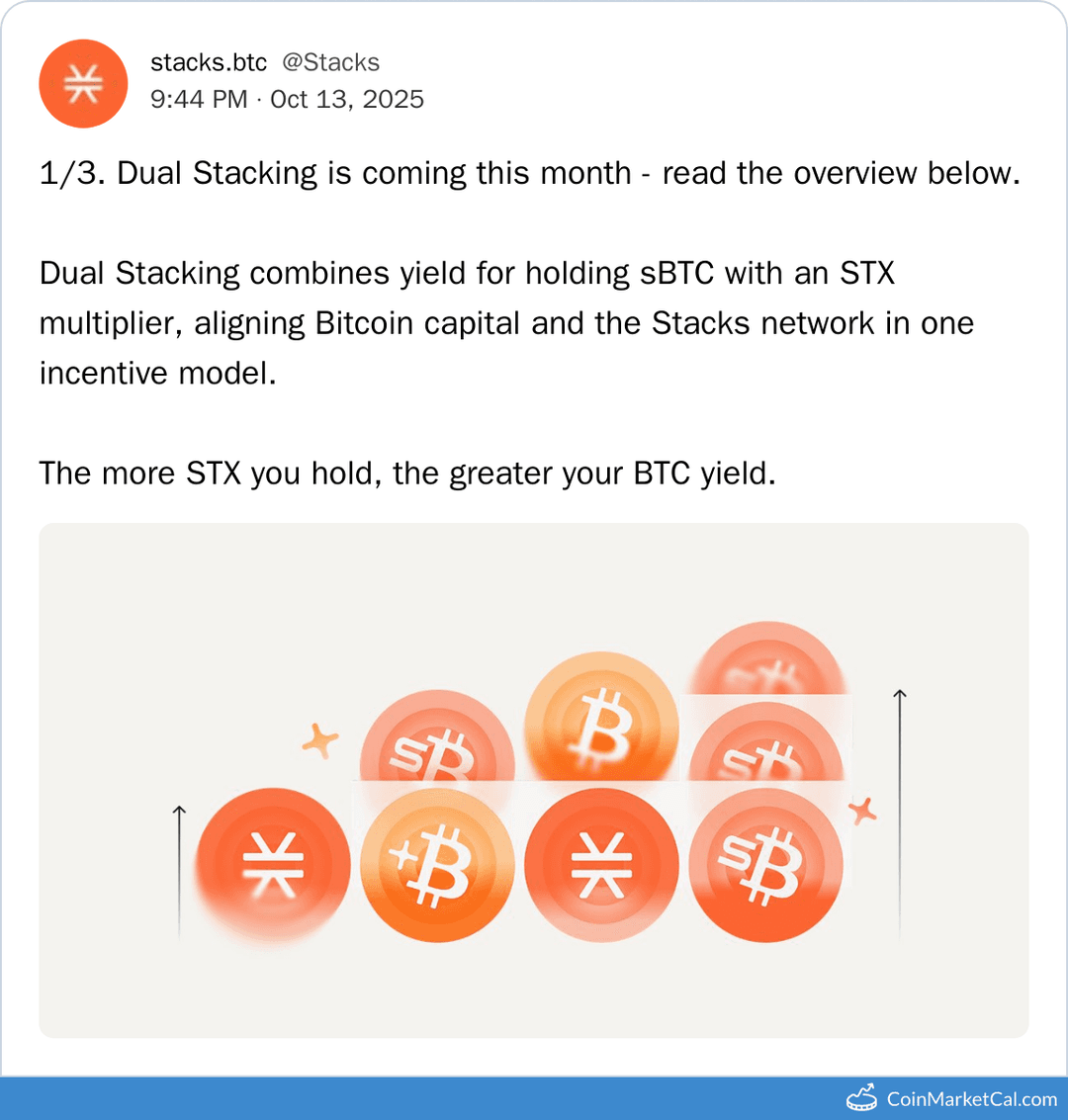Stacks Clarity-to-Wasm Compiler Release
The Clarity-to-Wasm Compiler is a new release by Stacks, scheduled for September 30, 2025. This compiler enables the translation of Clarity smart contracts into WebAssembly (Wasm), which is expected to support faster and more efficient smart contract execution within the Stacks ecosystem. The event is a launch/release type, and details and participation links are available on the official Stacks X/Twitter channel. Recent News In the recent months leading to this release, Stacks has been emphasizing developer tools and smart contract efficiency improvements. The introduction of WebAssembly compatibility represents a significant technical advancement, aiming to broaden the usability and performance of Clarity contracts. Stacks has also been active in community engagement and expanding its app ecosystem. Future Plans Following the compiler release, Stacks plans to further integrate Wasm-compiled contracts into its network, enhancing scalability and developer adoption. Continued improvements in tooling and ecosystem growth are expected to be focal points, alongside plans to increase DeFi and NFT applications built on Stacks. Onchain Data No verifiable onchain metrics available. Community Sentiment Overall sentiment is positive with the community expressing optimism about enhanced smart contract performance and new developer capabilities. Some tweets highlight excitement for faster execution and broader ecosystem opportunities while others seek clarification on integration timelines. Sample Community Reactions: "Excited to see Clarity contracts gaining Wasm efficiency!" "This could be a game-changer for Stacks developers." "Looking forward to how this changes dApp performance." Risk Disclaimer This technical upgrade could impact token utility and demand; however, typical market risks apply and users should assess accordingly. Sources used https://x.com/Stacks/status/1929593978699043314 https://coinmarketcal.com/en/coin/blockstack https://bitget.com/calendar/event/clarity-to-wasm-compiler
Stacks
September 30


